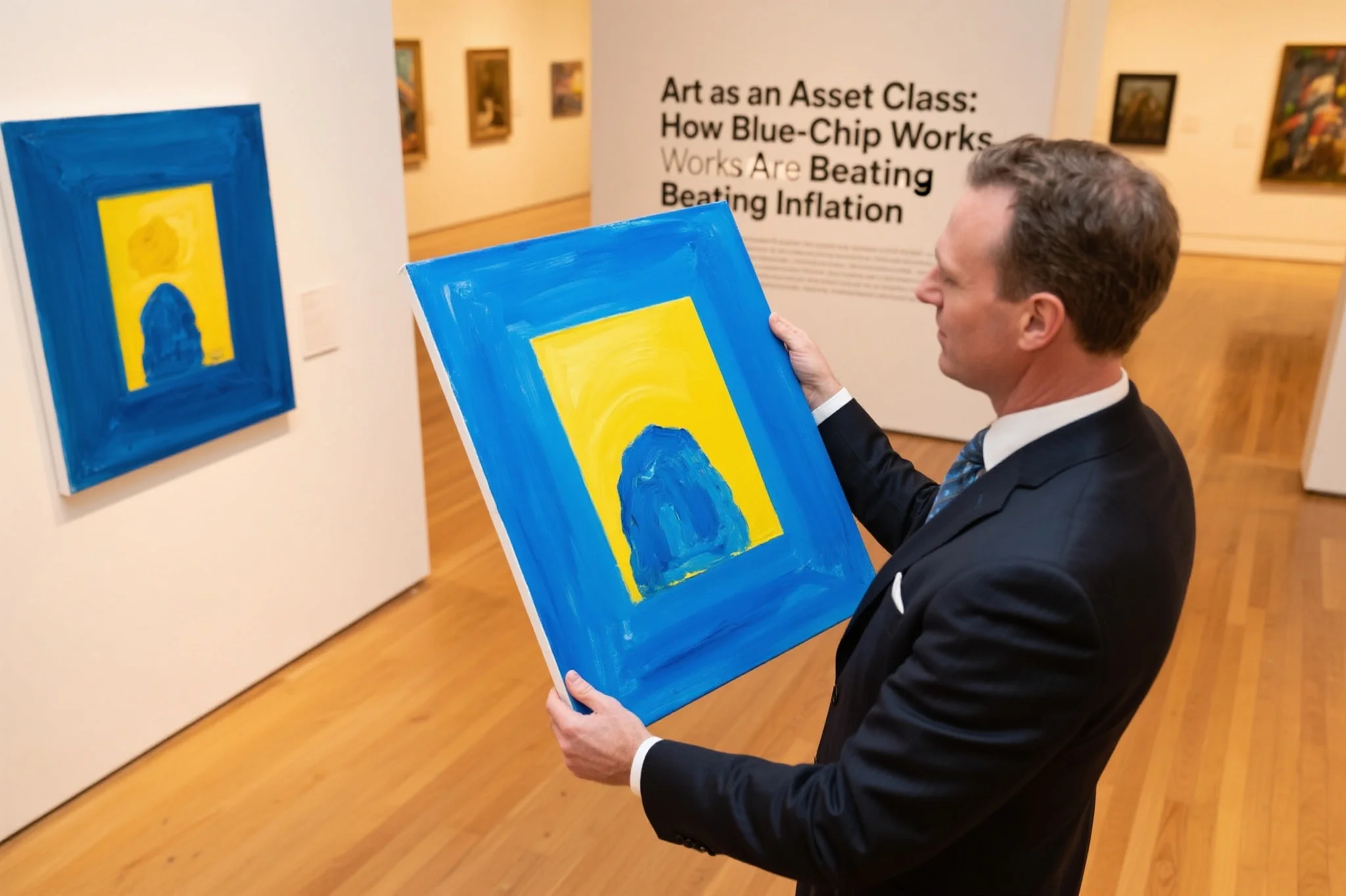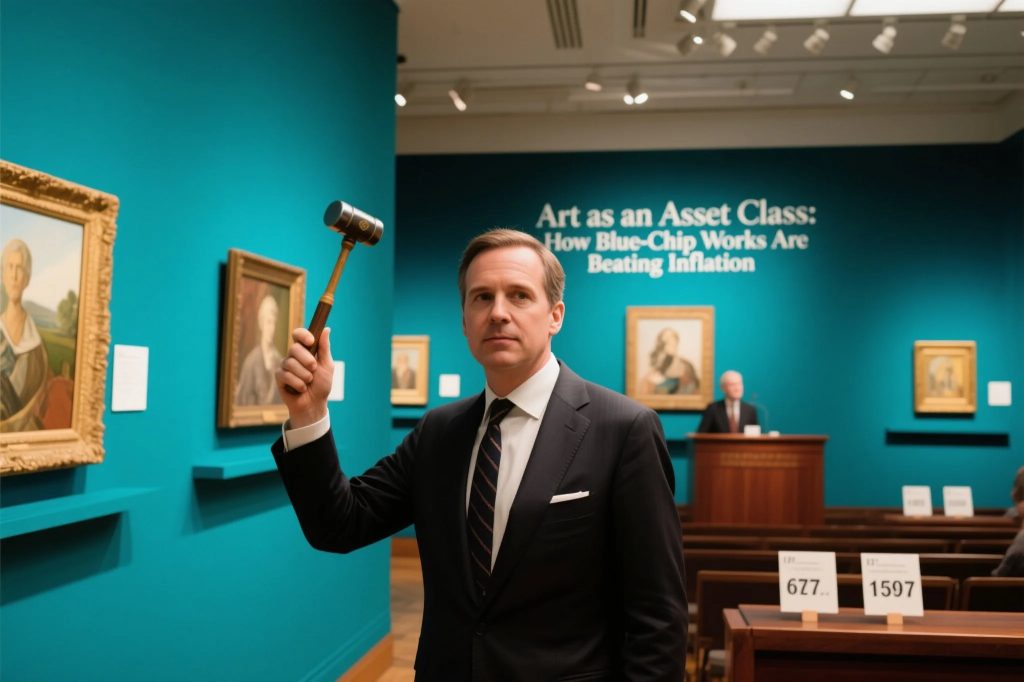
The world of art funds represents a sophisticated approach to pooled investing that allows affluent individuals to participate in the exclusive art market without requiring the expertise or capital to purchase masterpieces outright. These specialized investment vehicles combine the principles of wealth diversification with the potential for significant art appreciation, creating unique opportunities for those seeking alternative assets beyond traditional stocks and bonds. As the global art market continues to demonstrate resilience and growth, private fund structures dedicated to art investment have emerged as compelling options for sophisticated collectors and investors alike.
The Structure and Mechanics of Art Funds
Modern art funds operate similarly to other private fund structures, pooling capital from multiple investors to acquire a diversified portfolio of artworks. These funds typically have investment horizons of 5-10 years, allowing sufficient time for art appreciation to materialize while accommodating the relatively illiquid nature of the art market. Most funds charge both management fees (typically 2% of assets annually) and performance fees (often 20% of profits), aligning the interests of managers with those of investors. The legal structure varies by jurisdiction but commonly utilizes limited partnership arrangements that provide liability protection while allowing for efficient wealth diversification strategies.
Investment Strategies in Art Funds
Different art funds employ varying strategies to maximize returns through art appreciation. Some focus on established blue-chip artists with proven auction records, while others specialize in emerging contemporary artists with higher growth potential. Geographic specialization (focusing on Asian, Latin American, or European art markets) and medium specialization (concentrating on paintings, sculptures, or digital art) represent additional approaches to pooled investing in this space. The most sophisticated funds combine acquisition strategies with active collection management, including strategic loans to museums, curated exhibitions, and targeted marketing efforts to enhance the reputation and value of their holdings.
Risk Management and Due Diligence
While art funds offer compelling wealth diversification benefits, they also carry unique risks that require careful due diligence. Authentication issues, condition concerns, and provenance research all play critical roles in assessing individual artworks within a private fund portfolio. Market concentration risk (overexposure to particular artists or movements) and liquidity risk (the challenge of selling artworks quickly without significant price concessions) represent additional considerations. Sophisticated funds mitigate these risks through expert advisory boards, comprehensive insurance coverage, and conservative valuation methodologies that account for the cyclical nature of art appreciation across different market segments.

The Role of Art Funds in Wealth Preservation
For ultra-high-net-worth individuals, art funds serve multiple functions beyond simple pooled investing for financial returns. These vehicles provide discreet exposure to the art market without the publicity of high-profile auction purchases, offering privacy benefits. The non-correlated nature of art prices relative to traditional financial markets enhances their value as wealth diversification tools during periods of stock market volatility. Additionally, certain jurisdictions offer favorable tax treatment for art held as an investment asset within properly structured private fund vehicles, creating additional wealth preservation advantages for international families.
Performance Benchmarks and Return Expectations
Measuring art appreciation in art funds requires specialized benchmarks that differ significantly from traditional financial indices. While public indices like the Mei Moses Family of Indices track repeat sales at auction, these may not fully capture the performance of works held in private fund collections that often transact off-market. Return expectations should account for the illiquidity premium and the value-added services that professional fund management provides. Historically, top-tier art funds have delivered annualized returns in the 8-12% range, though performance varies significantly based on market conditions, fund strategy, and the timing of acquisitions and dispositions within the pooled investing period.
Emerging Trends in Art Fund Structures
The landscape of art funds continues to evolve with innovative structures that enhance accessibility and flexibility. Fractional ownership platforms using blockchain technology represent one disruptive approach to pooled investing in art. Some funds now offer thematic portfolios focused on specific trends like digital art or works by female artists, catering to both financial and social impact objectives. Secondary market platforms for fund interests have emerged to address liquidity constraints, while hybrid models combining private fund investing with direct co-investment opportunities provide additional options for engaged collectors seeking wealth diversification through art.
Implementation Considerations for Investors
Incorporating art funds into a comprehensive investment strategy requires careful consideration of several factors. Minimum investment thresholds (typically $250,000-$1 million) and lock-up periods must align with liquidity needs. The opacity of the art market necessitates reliance on fund managers’ expertise and track records in generating art appreciation. Tax implications vary by jurisdiction and individual circumstances, particularly for cross-border investors. As with any private fund investment, conducting thorough due diligence on the management team, investment strategy, and fee structure remains essential before committing capital to this unique form of pooled investing.
The growing sophistication of art funds has transformed art investment from an exclusive pursuit of individual connoisseurs into an institutional-quality asset class accessible through pooled investing vehicles. While not without risks, these funds offer compelling opportunities for wealth diversification and potential art appreciation that traditional investments cannot match. As the market matures and transparency improves, private fund structures dedicated to art will likely play an increasingly important role in the portfolios of sophisticated investors seeking alternative sources of returns and inflation protection.